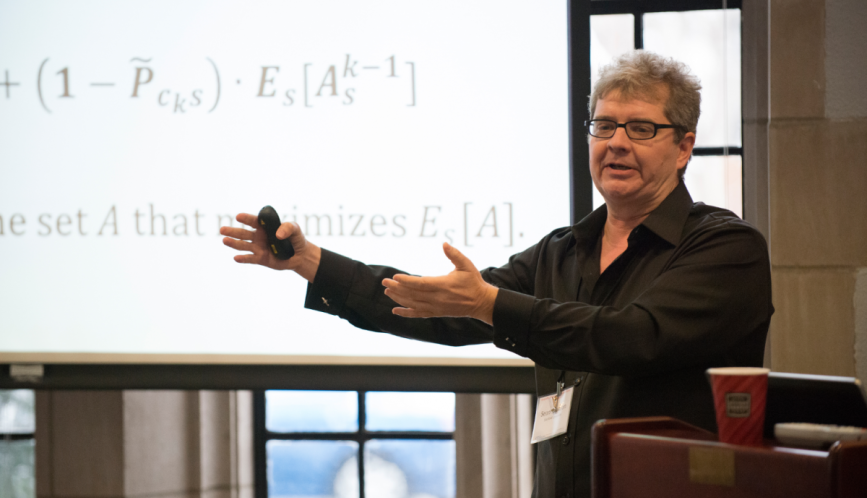Last month, Professor Sean Reardon, guest speaker at Segregation: Measurement, Causes, Effects, published this op-ed in the New York Times. His piece, “No Rich Child Left Behind,” highlights the growing gap between students from rich families and poor families: poor students are doing worse on academic tests, are less involved in school activities, and struggle through school in comparison to rich students.
This, as Reardon notes, is not exactly news. We frequently hear about “failing schools,” and we know the kids they are failing are the ones who need the help the most. But perhaps the most poignant question Reardon asks is if schools are where the change will happen. You have probably heard all the debates about how to improve schools: increase teacher training, incentivize better teaching through better teacher pay, reduce class sizes, bring technology into classrooms, etc. But what you perhaps also know is that these interventions have had mixed results. No single classroom intervention has shown universally positive results, and maybe that means that it’s time for a paradigm shift.
Reardon echoes the call of many policy makers in turning attention to effective early childhood programs – but he also argues that we need to invest in parents, enabling them to make better investments in their children. He calls for new resources for single parents, expanding successful programs like the Nurse-Family Partnership, and thinking about maternity and paternity support so that parents have the time to spend with their kids. We think these ideas are deeply interesting – and will be sharing research on them in the following posts. Stay in the loop by subscribing to our news updates.



